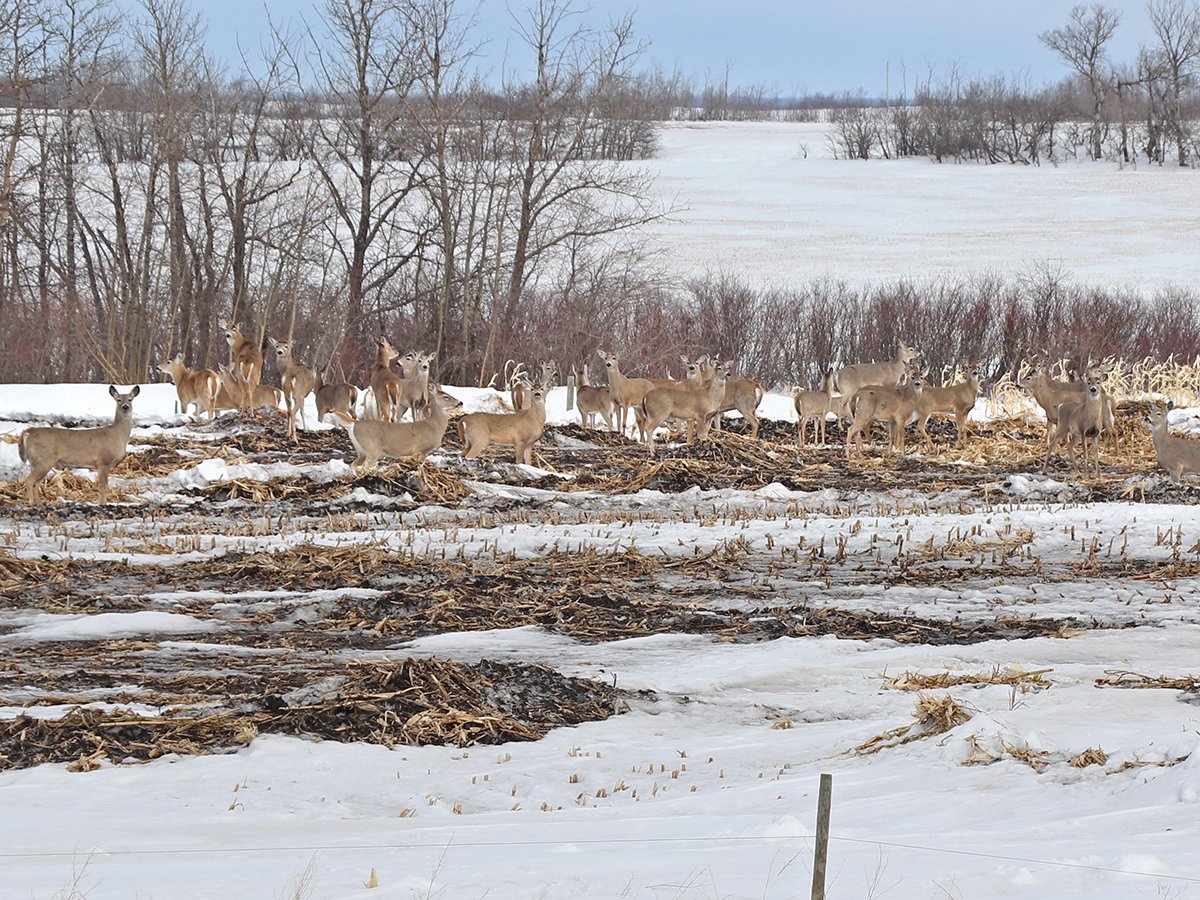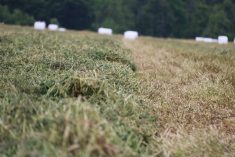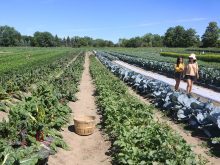RED DEER – In the bout between man and insects, there are many technical winners but few clear knockouts.
Grasshoppers, flea beetles, lygus bugs, cutworms and other contenders continue to challenge prairie farmers.
With populations appearing to be on the rise, Alberta started a monitoring group last summer to provide weekly surveys across the province on a wide array of pests.
Members include industry groups, provincial agrologists, Agriculture Canada, research associations and farmers.
A common problem is an attack from several types of insects at the same time, said Lloyd Dosdall of the University of Alberta during an agronomy conference in Red Deer.
Read Also

Foot-and-mouth disease planning must account for wildlife
Our country’s classification as FMD-free by the World Organization for Animal Health has significant and important implications for accessing foreign markets.
There is limited research or recommendations on chemical treatments when this happens. Some research has started on the combined effects of lygus bugs and cabbage seed pod weevils.
However, useful advice is hard to find when figuring out how to spray insecticides for multi-pest situations.
“We don’t have scientifically derived threshold values that we can use and pass on to growers,” Dosdall said.
As pests increase, the crop may fail and insecticide costs become higher than the value of the crop.
In developing threshold formulas for multi-species, the insects need to be in the same “feeding guild.” For example, armyworms, beet webworms and diamondback moths attack the plant stand while other species munch only on leaves.
The more insects found, the greater the chance of error when recommending levels and type of treatment.
“It keeps getting larger as you add more insects,” Dosdall said.
When forecasting risk and the need for insecticide, it helps to know the abundance and diversity of the pests attacking the crop.
Farmers should monitor for natural predators and how long it takes insecticide applications to get the most species in one pass.
They also need to know the life cycles of the insects so they are sprayed when most vulnerable.
Plants can sometimes compensate in good growing conditions, but it is a struggle when numerous insects attack them.















